Autumn Reset
#117: Equinox, Sakadas, Art & Artists Open Studios, Macintosh suit, Joiri Minaya, Gigi Scaria, Esteban Cabeza de Baca, Gerald Clayton, American Patchwork Quartet + Falu Shah, & Seven Handle Circus.
HERE & NOW
Happy Autumn Equinox! It feels like spring, though, because I have been reorganizing my art “studio” (basically a table with a bunch of art supplies piled all around it), which means discovering all the things that have disappeared into the interstices—like odd pieces of paper that once looked perfect for a collage. How easily we forget. But that’s OK, because I’m happy to let go of stuff, too.
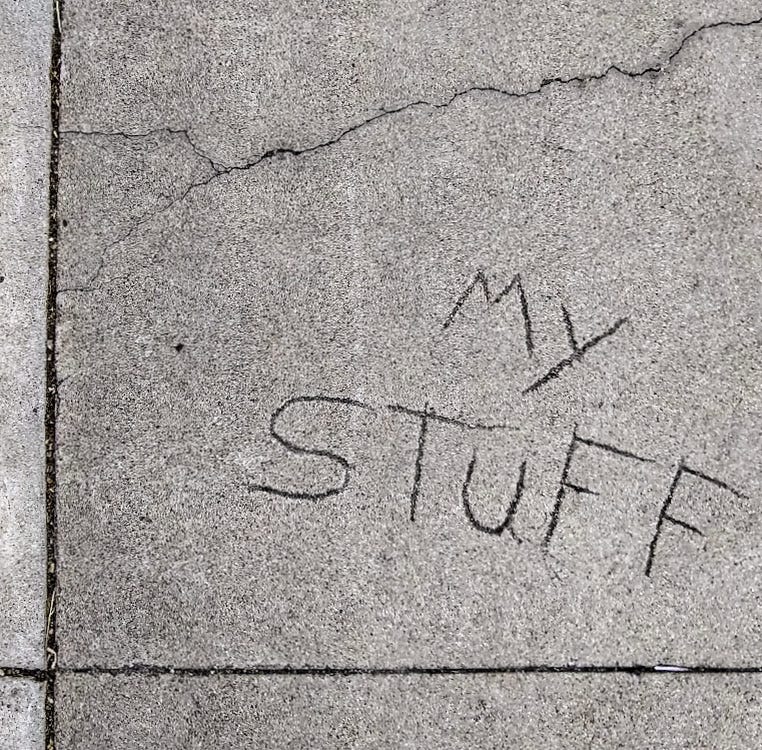
A relative that I’ve only met on Facebook recently revealed something I had suspected but was not sure about. My dad, Nick, his half brother Mike, and their cousin Phil first came to the U. S. via Hawaii—to work as Sakadas. However, what I had not even considered was that, according to my relative, they arrived as stowaways. Later they migrated to the mainland West Coast via Seattle. Since some of the earliest Filipino workers came from the Visayas area (and my Dad was from nearby northern Mindanao), this changes the time frame I thought I knew. I had guessed that he first arrived in Seattle in 1929, based on his passport (or rather worker's visa). But I now have reason to believe that they may have arrived much earlier (in Hawaii)—in the very early 1920s, or even just before then.
Dad talked very little about his earliest days in the U.S., probably for good reason. I suspect it was a hard and disappointing time for him (plantation contract labor in Hawaii during that period was notable for its backbreaking work, lousy pay and living conditions). It spurred the formation of labor unions and strikes among the Japanese and Filipino workers—probably my dad’s first contact with labor unions. Good thing he had family with him. This provides more context for my project of scanning my parents’ letters and writing about them.
ART
I will be showing my art and artist books as part of the 2023 Monterey County Artists Studios Tour, sponsored by Arts Habitat. You can find me at the Carl Cherry Center for the Arts in Carmel on Sept. 30 and Oct. 1 (Sat./Sun.), 11 a.m. to 5 p.m. One-hundred artists are involved, so there will be plenty of art—in both private studios and galleries—that you can visit in Monterey County. This is a free event. I hope to see you there!
During the the last several years, I started focusing more on line; colors became pale or disappeared altogether, like this:
Lately, I’ve felt like (maybe) going in the opposite direction, switching to acrylic paint and working with more color, as in “Maybe Next Spring” (on wood, below), one of the few color pieces I did during the height of the pandemic. However, I’d like to continue working on paper.
RABBIT HOLE
My father had a Macintosh suit. Check out Joshua Bote’s article, “Movie stars and anti-Filipino race riots: The secret history of San Francisco’s Macintosh Studios” (in SFGate).
Joiri Minaya’s pattern making. On image, camouflage, and the labor/laboriousness that goes into tropical packaging:
Gigi Scaria looks at cities, their many layers of class and hierarchy, and the myths that keep them going:
Esteban Cabeza de Baca often begins his time-travel landscapes by dying his canvas with cochineal. “Landscape painting can start two-dimensionally, but I think it can also expand out into a whole worldview to treat people in more equitable ways.” Standing at the US/Mexico border with his mom, they talk about the memories held in that landscape:
SOUNDINGS
Monterey Jazz Festival is happening now. It may not be too late to get tickets! Check out Monterey Jazz Festival's latest series, The Listening Space with Next Generation Jazz Orchestra director Gerald Clayton, talking about how horns contribute to some of the great jazz classics:
American Patchwork Quartet will be performing at the Monterey Jazz Fest this year (Sunday, Sept. 24). Here, they perform the American classic, Shenandoah, with Falu Shah on vocals:
Last but not least, “grass ‘n roll” band Seven Handle Circus performs an acoustic version of “Take on Me” (a-ha cover) on a street in New Orleans. I can see that vocalist mentally preparing himself to handle that high note—and hit it he does:
Congrats to me—I got this out before midnight! Thanks for visiting!
My other outposts:
CommonwealthCafe newsletter
Ko-Fi page (Much gratitude for your donations!)
Fediverse:
@jeanevergreen at montereybay.social
@jeantangerine on Mastodon.art and PixelFed.social (alternative to Instagram)




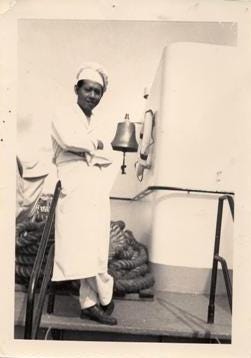
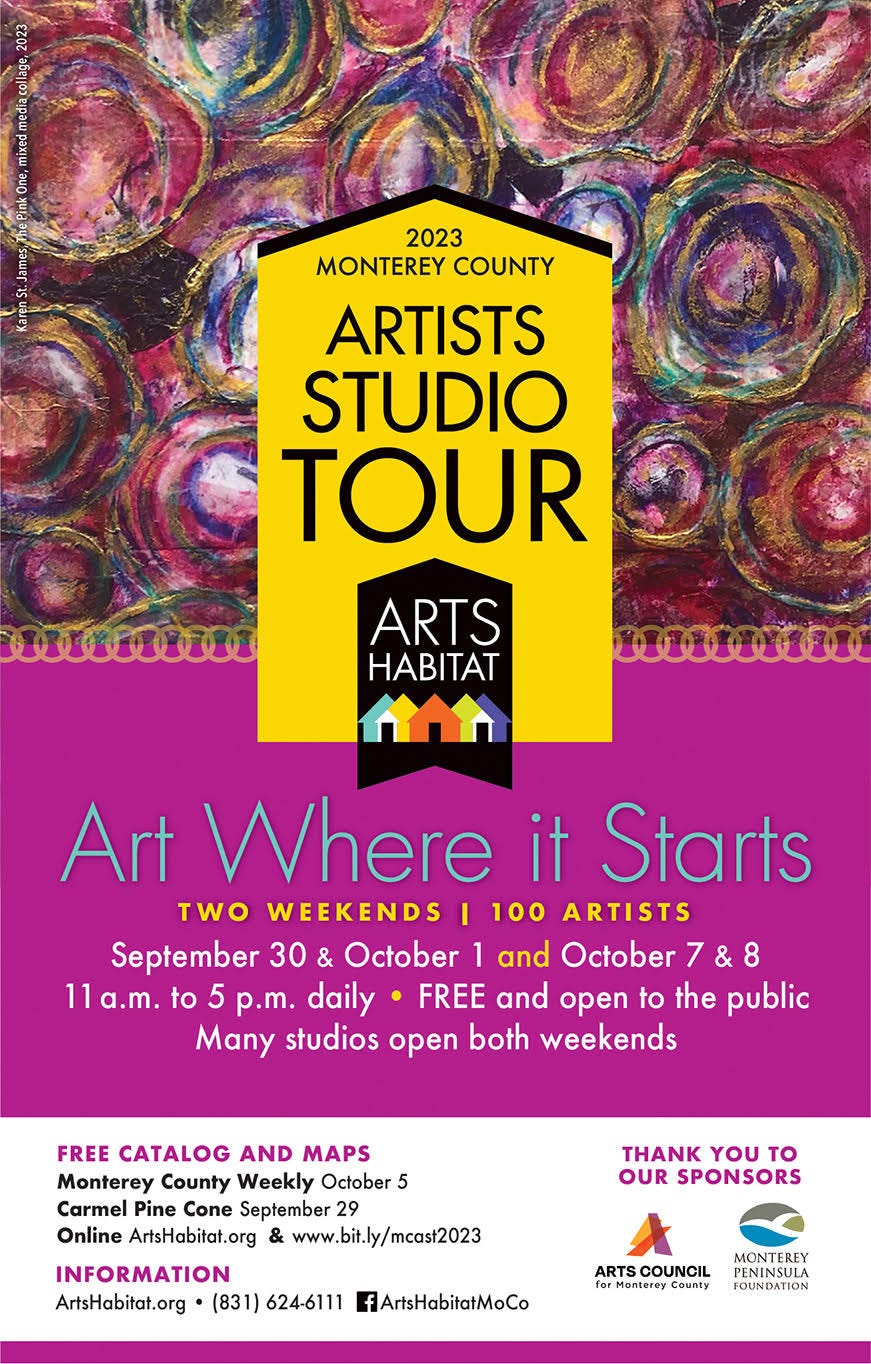
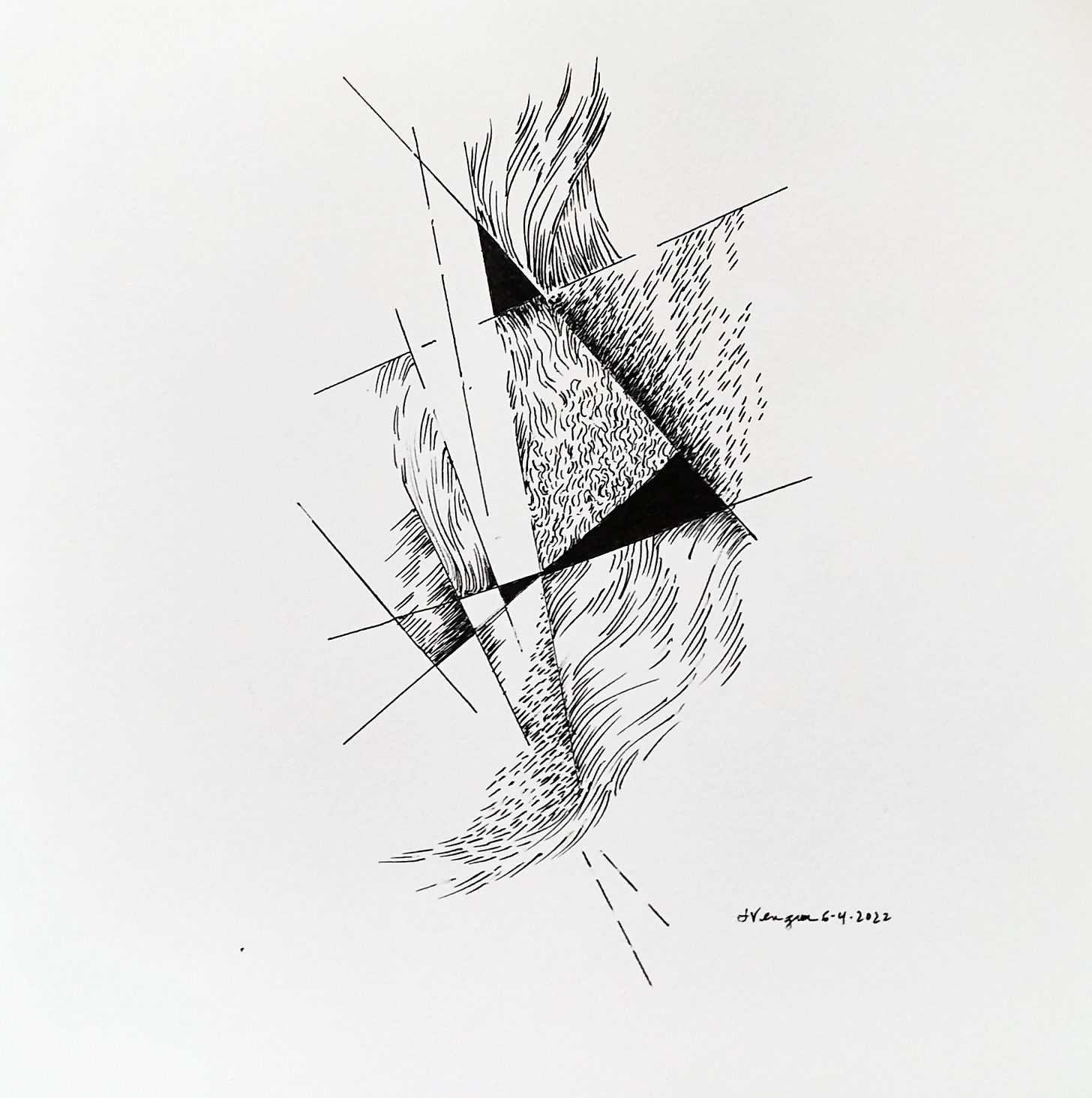
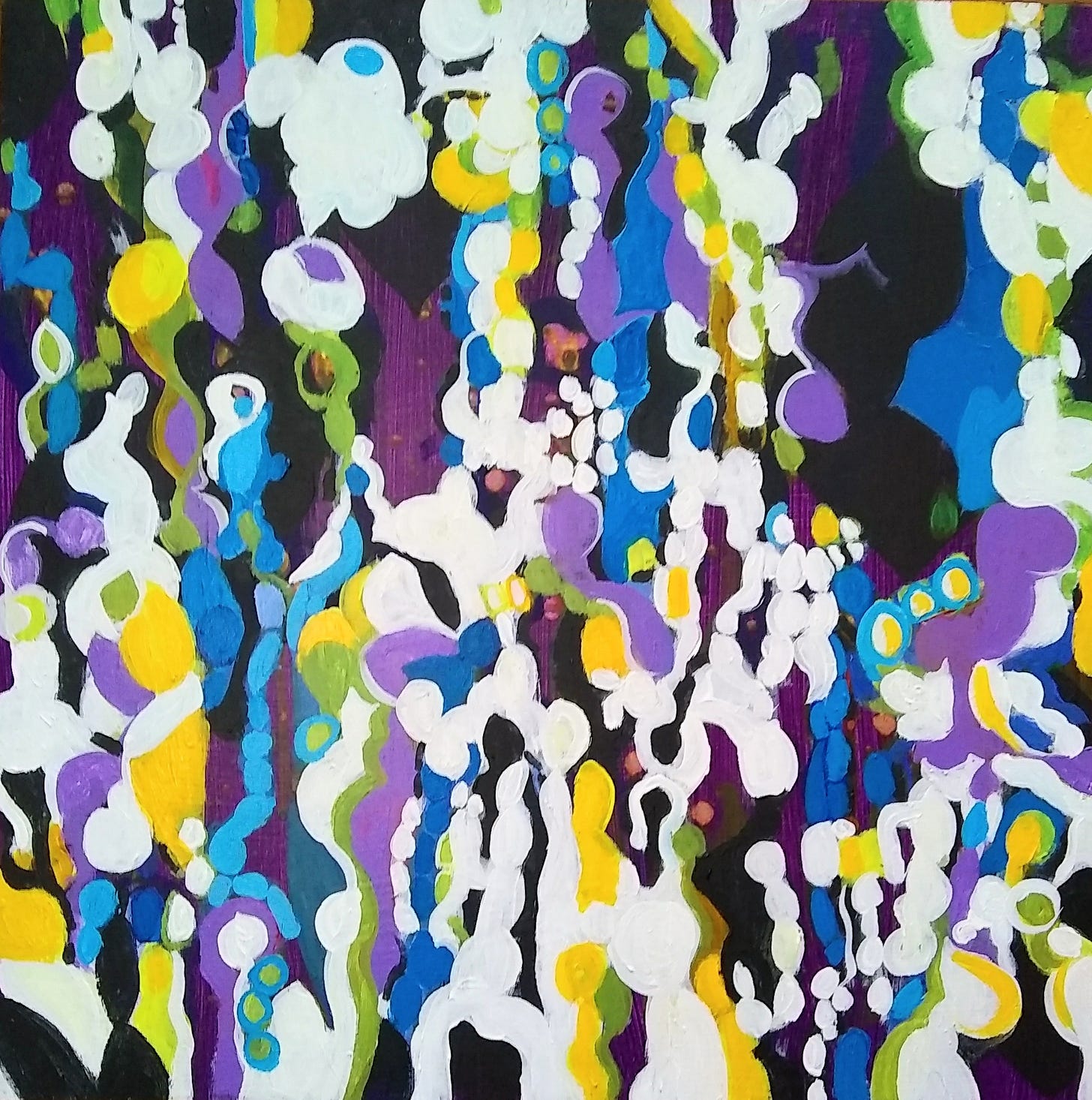

Joshua Bote’s cultural reporting is always a pleasure, but this particular long piece showcases his fluid, yet historically dense style.